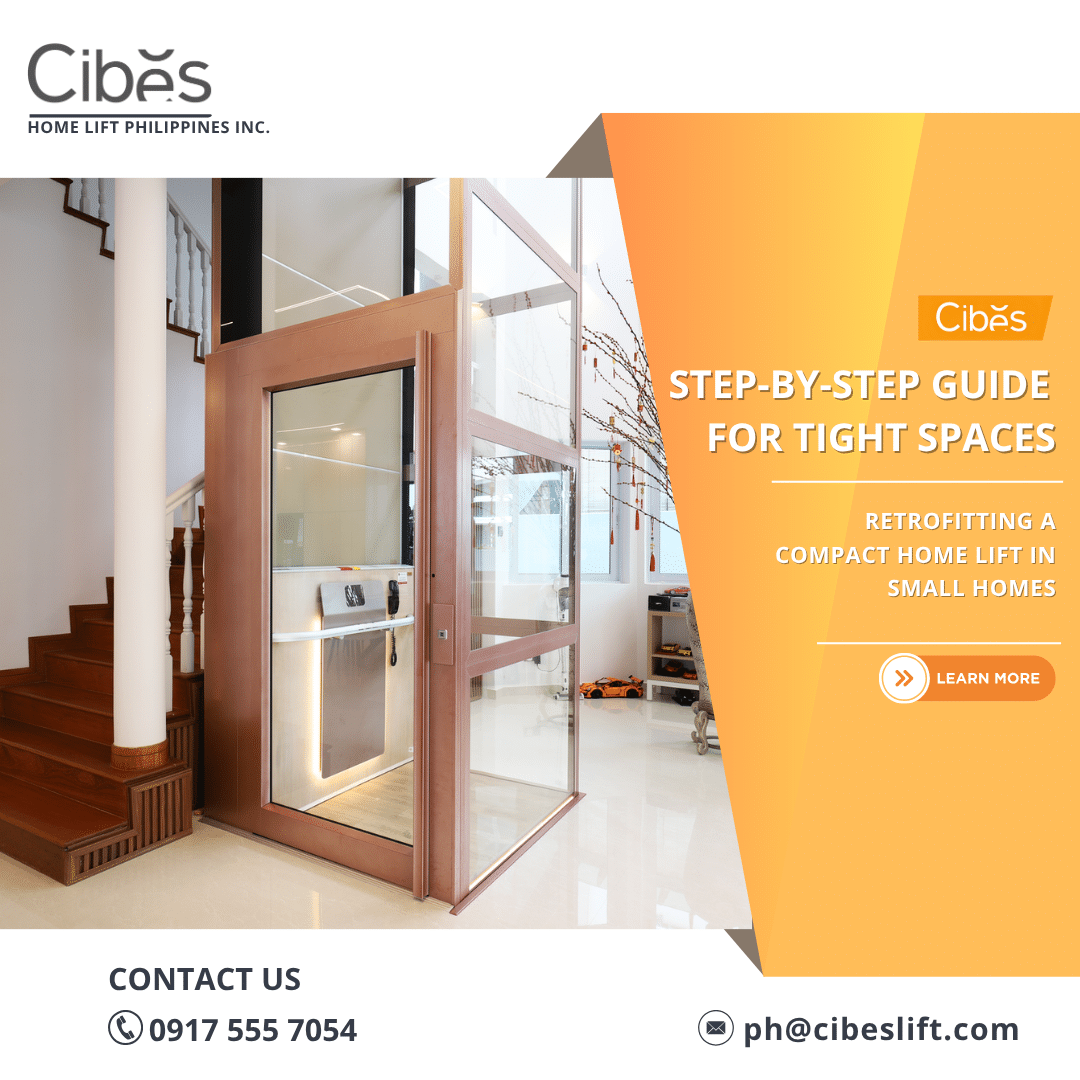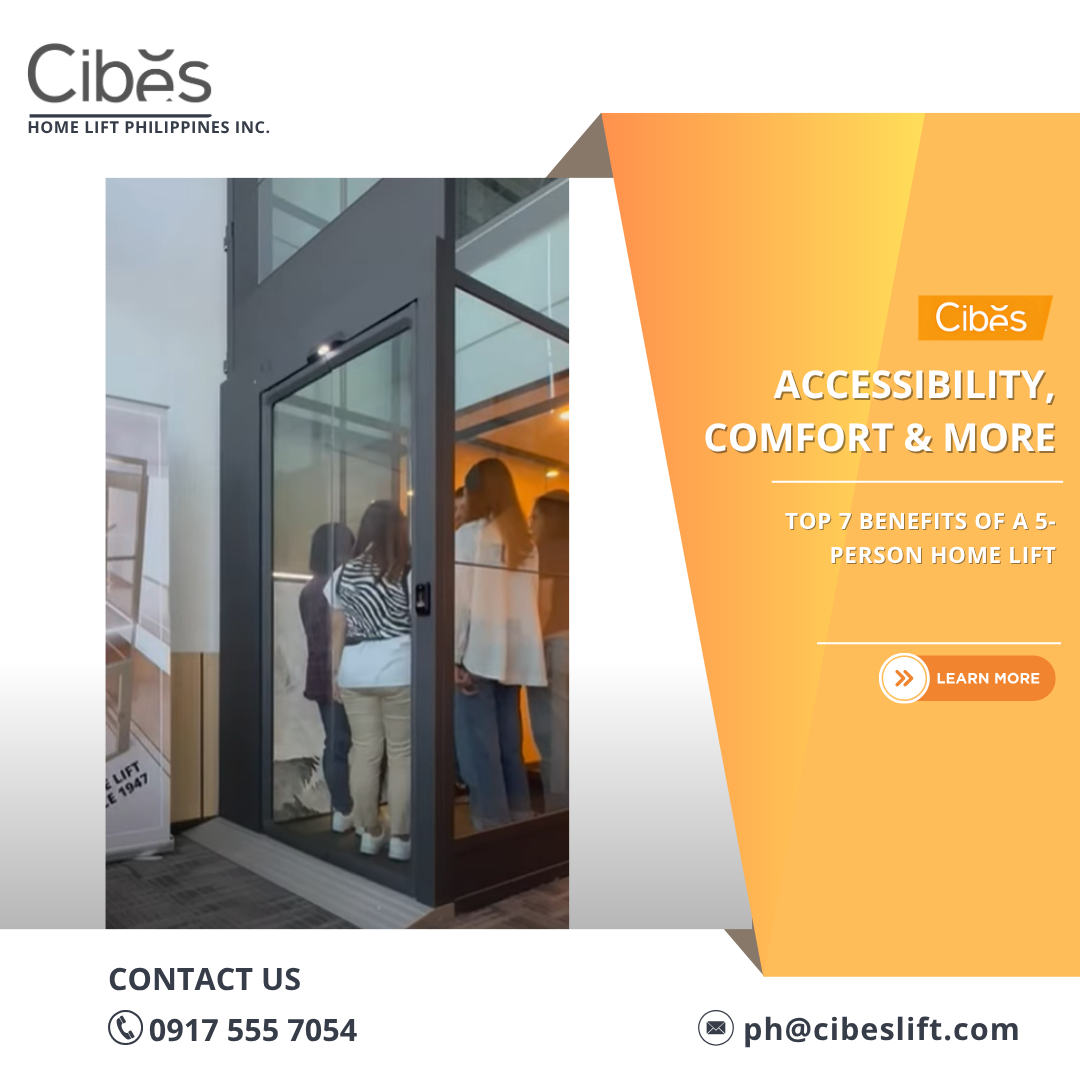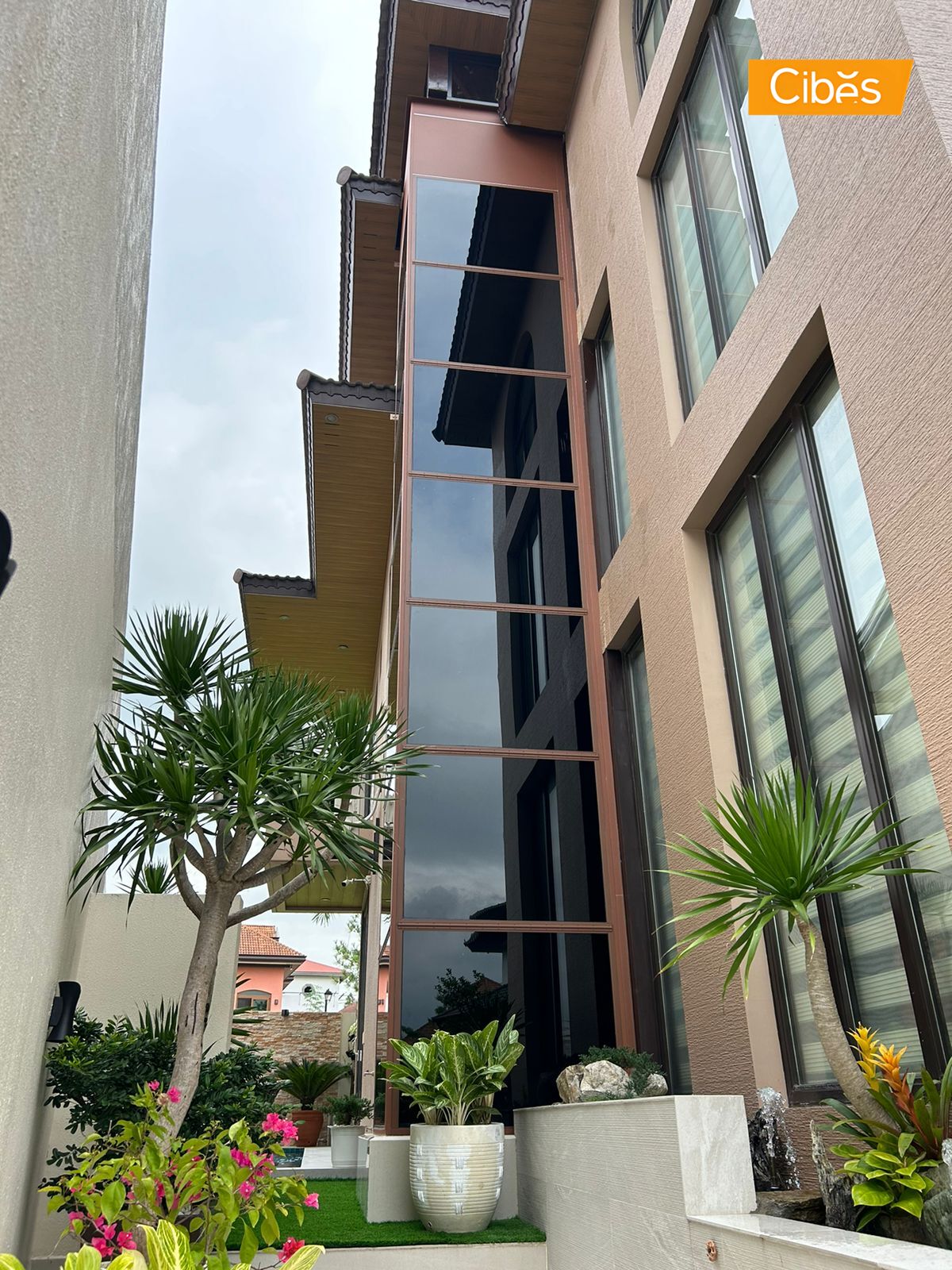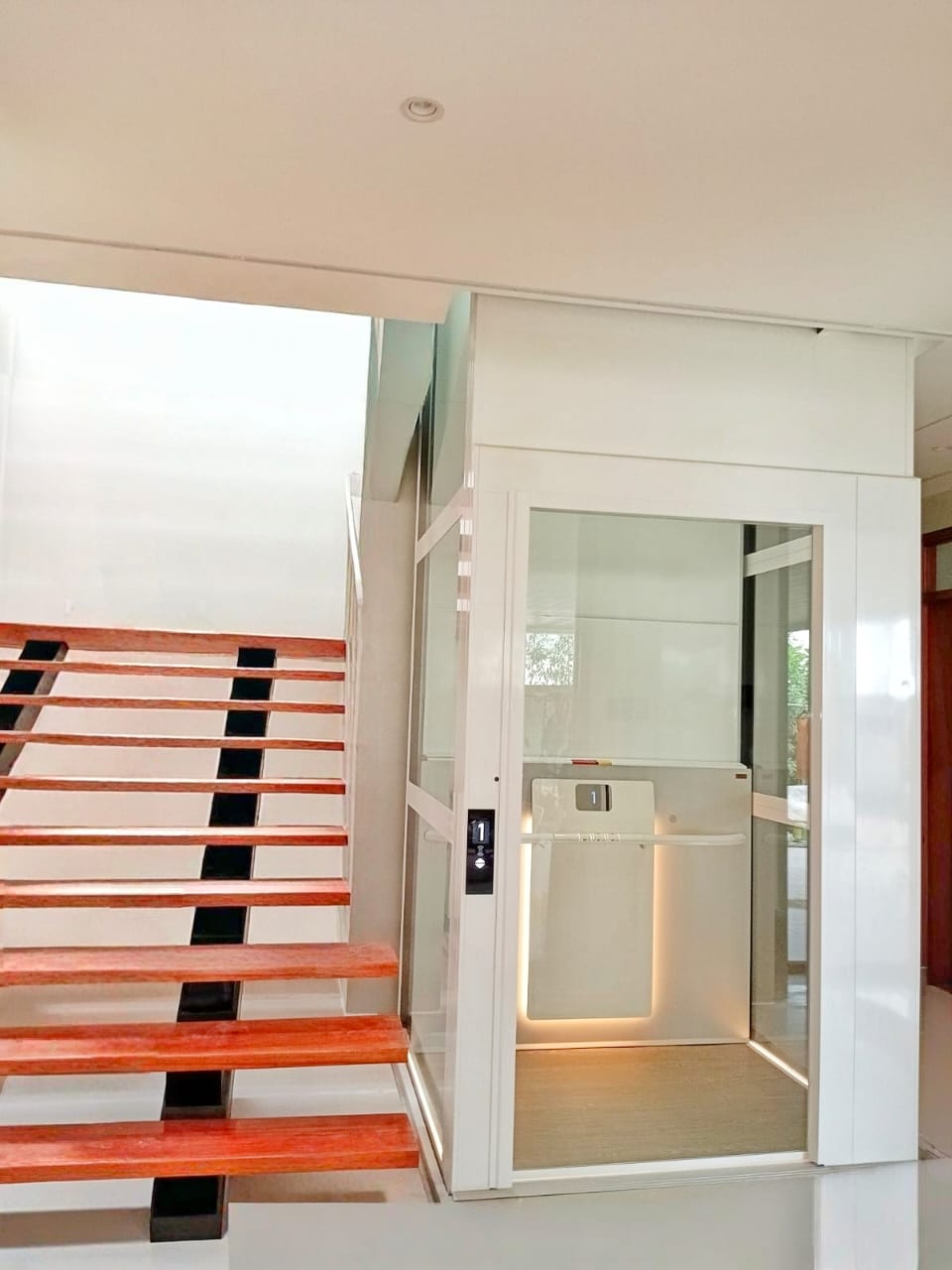Blog - 01/08/2025
Sustainable Home Elevator Technologies: Environmental Impact and Green Building Integration
As sustainability becomes more of a priority in modern home design, homeowners are becoming more interested in how to reduce their carbon footprint without sacrificing comfort and functionality. Home elevators, once considered mere luxuries, are now being considered essential accessibility options that can be green and affordable. Knowledge of the environmental impact of alternative elevator technology, possible integration into sustainable building practice, and long-term ecological advantages allows homeowners to make informed decisions both based on individual requirements and environmental needs.
The Environmental Case for Home Elevators
Home lifts today are a universe away from energy-sucking transport to energy-efficient vertical solutions. Compared to their overall life, the elevator technologies of the time will be cleaner than traditional options, as well as even some of the most popular “green” home options today.
Lifecycle Carbon Assessment determines that new elevator installations, particularly with enhanced drive technology, have significantly lower emissions than predicted. Carbon associated with manufacture is quickly offset by use efficiency in service, and the longer life of more highly engineered systems stretches environmental cost over decades of in-service life. In comparison to the carbon impacts of en-masse retrofitting into single-family dwellings or reconstruction to single-story homes, elevators are generally the greener option.
Resource Efficiency Optimization new elevator systems realize maximum output from a minimum of material inputs. High-performance technologies consume much less steel, concrete, and rare earth material than traditional systems and perform more efficiently and last longer. Operating resources are optimized as well, with some systems consuming less electricity in one year than typical household appliances.

Advanced Materials and Manufacturing Sustainability
The environmental impact of home elevators begins long before they are installed, in the selection of materials and production methods that increasingly emphasize sustainability along the supply chain.
Integration of Recycled Content is standard in high-end elevator manufacturing, where all components employ high rates of recycled steel, aluminum, and composite material. Structural members, counterweights, and guide rails that are 70-90% recycled content compromise neither performance nor safety. It reduces mining demands and prevents waste from ending up in landfills without compromising structural integrity necessary for safe use.
Manufacturing Efficiency Process Among leading elevator manufacturers, energy efficiency, waste reduction, and closed-loop manufacturing are the priorities. Solar farms, zero waste production goals, and local procurement initiatives minimize the environmental footprint of elevator manufacturing. Others incorporate carbon-neutral manufacturing through the use of renewable energy and carbon offset validation programs.
End-of-Life Planning is increasingly influencing design decisions, wherein modular building enables reuse and efficient recycling of parts as systems inevitably become outdated. Advanced elevator systems are designed for disassembly, with separable recognizable material streams and separation strategies maximizing recovery rates of steel, electronics, and other recyclable materials.
Integration with Home Energy Systems
New house lifts are increasingly designed to be incorporated as part of comprehensive home power management systems rather than independent power consumers.
Smart Grid Compatibility enables modern elevator systems to be incorporated into demand response initiatives, which switch the mode of operation automatically to use renewable power when available and reduce grid demand during peak demand periods. Sophisticated systems can delay non-essential travel during high-cost periods and optimize operation when solar output or off-peak is available.
Battery Storage Integration transforms some elevator systems into home energy storage systems. High capacity battery systems can be applied to elevator emergency operation that can power critical home systems in the event of a loss of power and also participate in grid stabilizing programs that pay homeowners.
Solar Optimization Strategies work particularly well with low-energy elevator systems because solar installations at residential levels tend to generate excess capacity easily able to power elevators. Elevator systems can pre-move cars, charge batteries, and run maintenance cycles during hours of peak sun generating capacity.
Water Conservation and Indoor Environmental Quality
Alternatives to Hydraulic Systems eliminate environmental risks associated with spills of hydraulic fluid and conserve water usage in cooling systems. The latest screw-drive and traction drive systems use no hydraulic fluids, eliminating the risk of soil and groundwater contamination and allowing no special hydraulic system part disposal.
Air Quality Enhancement possesses some characteristics such as futuristic filtering, antimicrobial coatings, and high-performance ventilation that adds to indoor environmental quality overall. There are systems with photocatalytic oxidation technology that actively cleanses air as it operates offering advantages throughout the house.
Humidity Control features help maintain the indoor environment in its optimal condition and reduce the HVAC load. Elevator shafts will create natural ventilation effects that can be used to help move air and reduce the need for mechanical cooling when integrated into house design appropriately.
Noise Pollution Control and Neighborhood Impact
Eco-friendliness extends from resource utilization to noise pollution and neighborhood impact matters on quality of life for neighbors and residents.
Vibration Isolation systems prevent building structure transmission of elevator operating vibration and noise, bringing building integrity with serene living harmony with surrounding properties. This feature is particularly relevant in the highly populated urban space where noise control may throttle traditional elevator installation.
Community Benefits Adoption of residential elevators is not only experienced at the individual household level but also at a community level encompassing decreased pressure on accessible public transit, decreased parking needs for mobility-impaired residents, and assistance for aging-in-place programs enhancing neighborhood stability.
Economic Viability and Long-Term Value Sustainability is not just environmentally focused but also economically viable, and contemporary elevator systems have robust long-term value propositions that complement environmental objectives.
Total Cost of Ownership analyses of green elevator systems often show lower life cycle cost than the traditional competitors when energy savings, maintenance saving, and increased property value are considered. High-end systems with enhanced levels of sustainability typically recoup greater initial cost in the form of longer service life and operating benefits.
Insurance and Incentive Rewards may be provided for sustainable elevator installation, like reduced insurance charges on safer and more environmentally friendly houses, utility rebate incentives on energy-efficient appliances, and tax credits for handicap upgrades.
Selecting Sustainably
Elevator system selection as a green choice is more than simply glancing at the raw energy use ratings. Consider the total environmental life cycle from production through installation requirements, operating efficiency, maintenance requirements, and end-of-life disposal.
Look into the companies’ dedication to sustainability, sourcing of raw materials, and environmental certifications. Opt for products designed to last, be refurbished, and finally recycled. Buy locally made whenever possible to reduce transport emissions.
Most of all, think of your home elevator installation as only one part of an extensive home sustainability strategy involving energy efficiency, water conservation, and long-term environmental responsibility. Properly designed and thoughtfully selected modern home elevators can indeed enhance accessibility and environmental responsibility and last decades with ongoing, consistent service.
Introduction Since opening in the Philippines in 2016, Cibes Lift Philippines has been redefining modern living with world-class Swedish home lifts. Built with Scandinavian engineering and trusted in more than 70+ countries, Cibes home lifts combine style, safety, and practicality. In the Philippines, families can now explore these lifts firsthand in our strategically located showrooms […]
You adore your warm two-story home, but those stairs are getting to feel like they’re controlling your life. Perhaps you’ve been checking out home elevators and just hit dead ends of information about giant installations that appear to be tailored to mini mansions. Here is something no one is saying: small elevator systems specifically made […]
Organizing a large family event and already dreading taking everyone up the stairs? Or perhaps you have a multi-generational home where navigating between floors is an everyday obstacle course? If your place has more than one level but the stairs are now a hindrance rather than an entrance, a 5-person lift could be the solution […]
Are you under the impression that home elevators are only for millionaires and their mansions? Maybe you’ve heard otherwise that they’re unsafe, take up half of your home, or break down all the time. If you’ve considered putting in a home elevator but weren’t sure because of “information” you’ve “heard,” don’t worry – and chances […]
Cibes Home Lift in Iloilo: The Elegant Solution to Ocean, Typhoon, and Service Challenges Iloilo City, the “City of Love,” is where tradition meets modernity. As families build and renovate their dream homes, the desire for a living space that is both beautiful and functional has become a priority. Once seen as a luxury, a […]




















